Deer farming has high economic value - Photo: LA
With the support of the national target program on new rural construction, Ms. Nguyen Thi Hong's family in Xuan Lam village, Ba Long commune was supported with 4 6-month-old deer to carry out a model of raising deer for velvet.
Ms. Hong said that to give the deer a good environment to grow, her family invested in building a solid, airy barn. They also planted elephant grass to proactively provide food for the deer.
Thanks to that, after only one year of raising, her family's herd of deer began to be harvested for velvet. According to Ms. Hong, compared to other livestock, raising deer for velvet requires less care because they are kept in captivity.
Deer food is green food, such as: Elephant grass, corn leaves, cassava leaves... and added starch when the deer develops antlers. The raising process requires regular cleaning, especially keeping the barn dry. Male deer raised for about 1.5-2 years can be harvested for antlers with an initial weight of 0.25-0.3kg/deer.
Normally, deer produce antlers once a year. The longer the deer is raised, the more antlers it has and the higher its economic value. The best time for deer to produce antlers is 5 years or more. At this time, the antlers will weigh 0.6-0.8 kg/animal.
According to Ms. Hong, due to its high nutritional value and specialized use to improve the health of the elderly and children, the current selling price of deer antlers is quite high, from 15-16 million VND/kg and just posting information on social networks will have people asking to buy immediately.
“The demand for deer antlers is currently very high, most of the antlers for sale have been pre-ordered by customers, so there is no need to worry about output. Last year alone, from these 4 deer, we earned 40 million VND,” said Ms. Hong.
Also in Xuan Lam village, taking advantage of the garden area, Mr. Nguyen Ngoc Hiep invested in building a barn, divided into compartments of about 4-6 square meters to raise deer. The barn is mainly made of wood, with a cement floor and a slope for good drainage.
During the breeding process, male deer are raised in separate cages to avoid them attacking each other, causing injuries and affecting the quality of antlers. Currently, he has a herd of 15 deer, including 10 male deer for antlers and 5 female deer for breeding.
Mr. Nguyen Ngoc Hiep said that deer are easy to raise animals, have high economic value, and their main food source is roughage from grass and vegetables in the garden. The amount of food consumed is also very small, each day a deer eats 8-10kg of grass. Male deer grow antlers once a year, mainly in the spring from February to April; about 40-45 days after the deer grows antlers, they can be cut and sold.
However, to get a pair of deer antlers with both good weight and quality, you need to pay attention to your diet. When the deer starts to produce antlers, you need to supplement them with starchy foods such as corn flour, rice bran, and cassava so that the deer is healthy, the antlers develop, and when cut, they reach a high weight.
“Deer antlers are expensive but not enough to sell. A pair of antlers weighing 0.8-1 kg costs about 15 million VND, a larger pair costs even more. Every year, my family earns 120-150 million VND from selling antlers to spend and cover living expenses,” said Mr. Hiep.
Mr. Nguyen Ngoc Hiep takes care of the deer herd - Photo: LA
Not only does he raise deer for antlers, he also raises deer for reproduction to both increase the herd and provide deer for people in need. Female deer are pregnant for about 7-7.5 months, giving birth to one deer per litter. The price of deer depends on the quality of the parent deer, usually 3-6 month old deer cost from 20-25 million VND/deer.
According to Mr. Hiep, deer have strong resistance, are less susceptible to disease, and are easily adaptable to climatic conditions. The initial investment costs are only for buying breeding stock and building barns. Caring for deer is also simpler than for other livestock.
However, in order for the deer herd to grow well and not get sick, the breeder must have a firm grasp of breeding techniques, ensure the quality of the feed, such as not letting the grass get wet or wilted; regularly clean and keep the barn dry; and at the same time, know the time when the deer are in heat and the time to cut the antlers so that the deer do not lose strength. Use anesthetics when cutting the antlers so as not to affect the health of the deer.
Vice Chairman of Ba Long Commune People's Committee Tran Huu Hieu informed that currently, in the commune, there are 5 households raising deer with a total herd of more than 25 deer. Although these models have only been raised for 4-5 years, they have brought many positive signals: Deer grow well, produce antlers at the right time, suitable for the local natural conditions.
In particular, thanks to stable output and high selling prices, people are confident in sticking with the product. However, because the price of buying deer breeds is still quite high, not many households participate.
“While many livestock models are facing difficulties in product output, the deer antler farming model has a good market, and the antler products after cutting are not enough to supply the market. With this advantage, it can be affirmed that this is a model with great potential to contribute to the economic development of rural areas,” Mr. Hieu emphasized.
Le An
Source: https://baoquangtri.vn/trien-vong-mo-hinh-nuoi-huou-lay-nhung-196398.htm


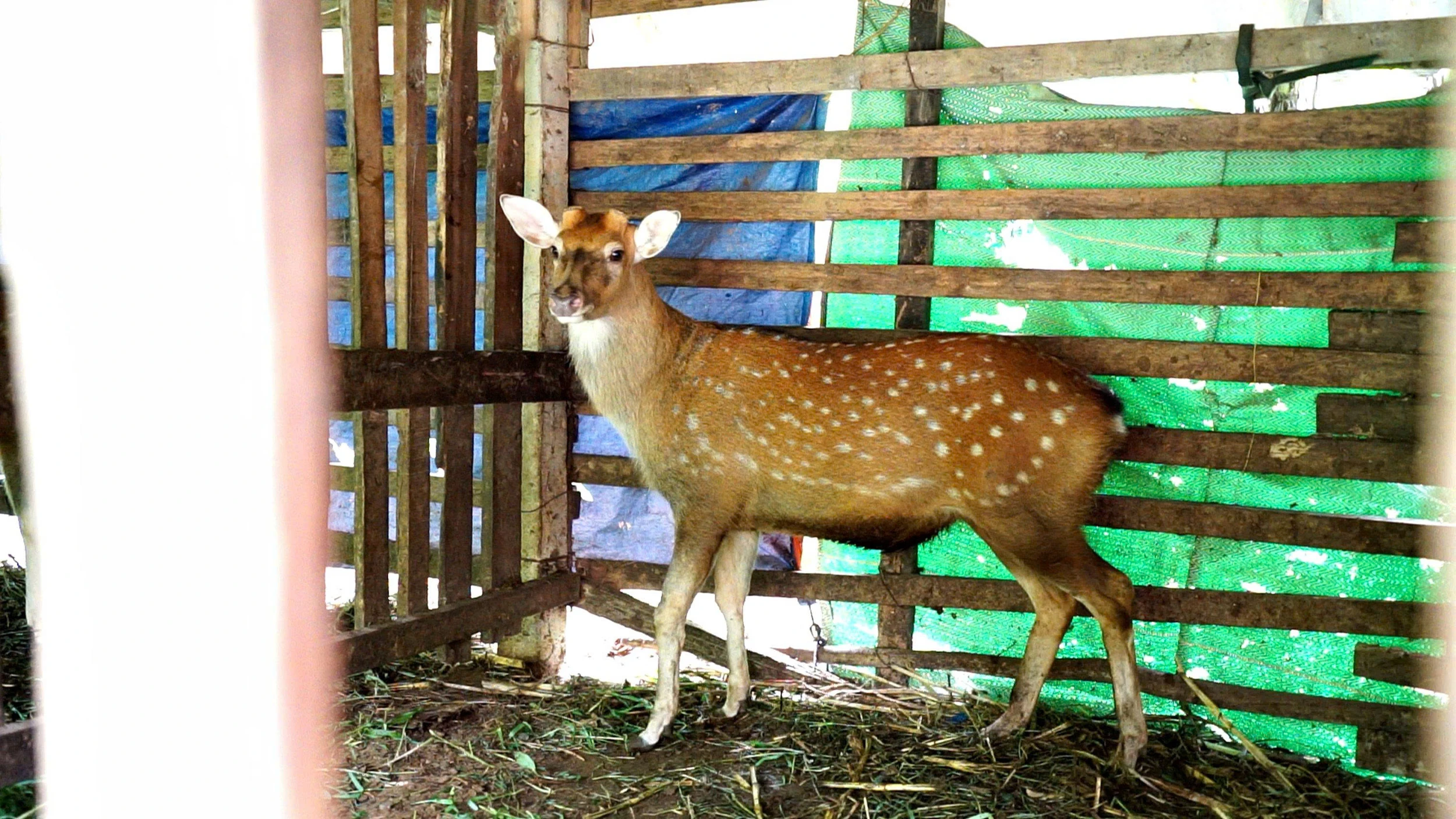
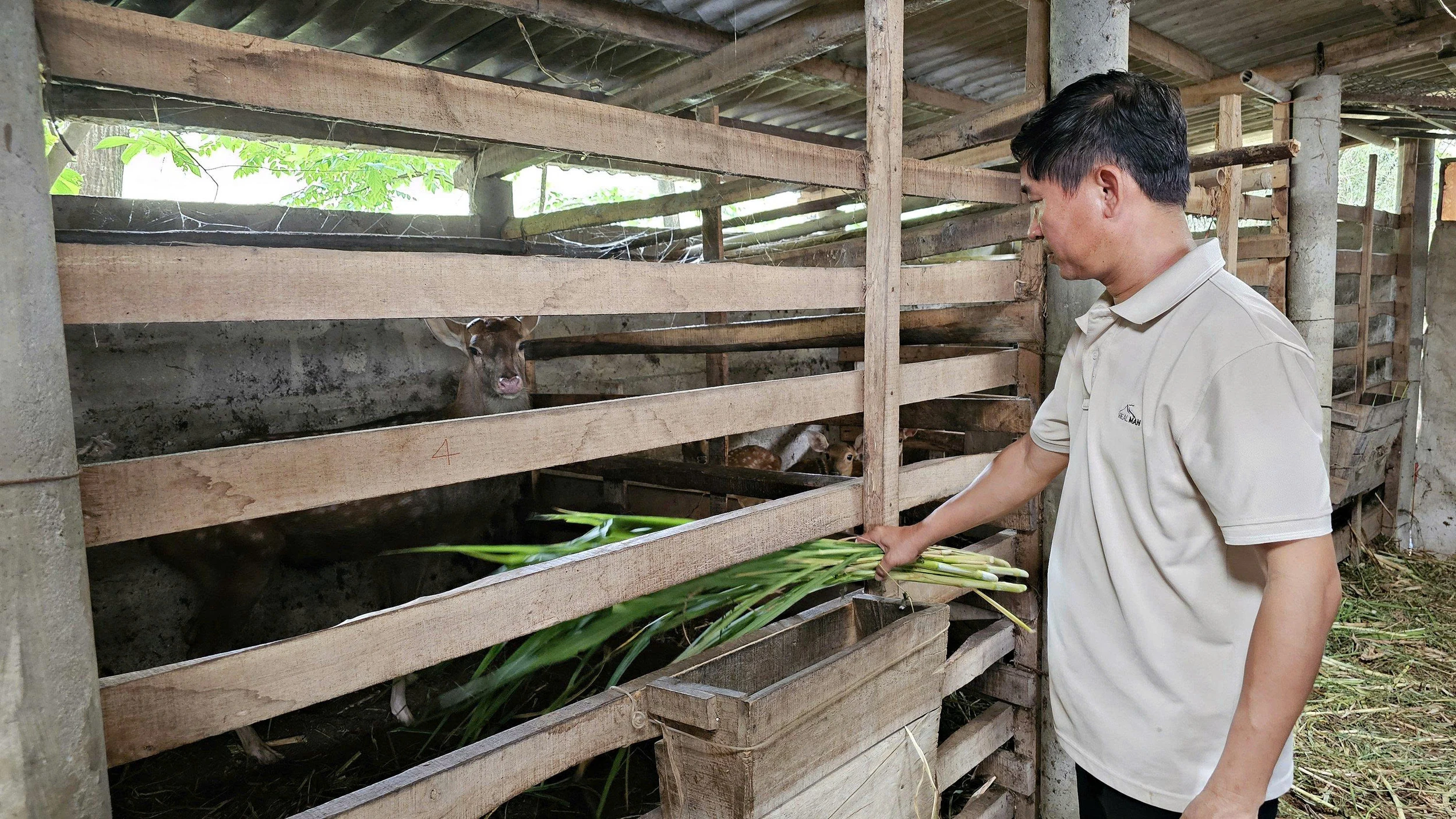

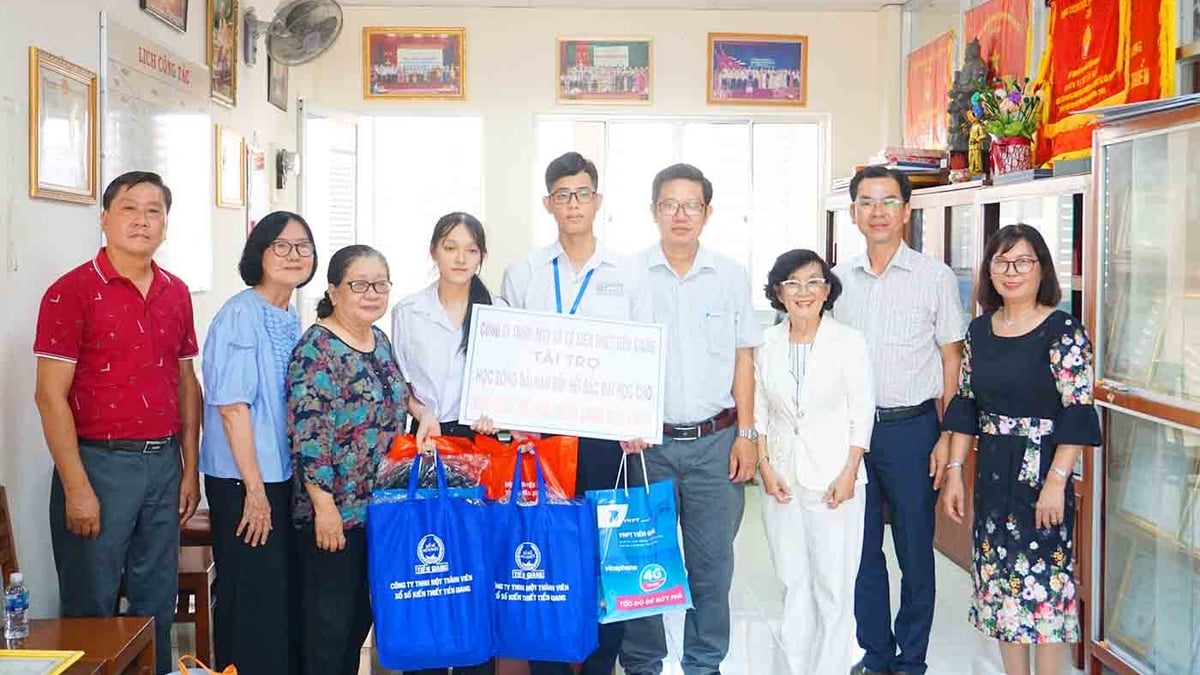

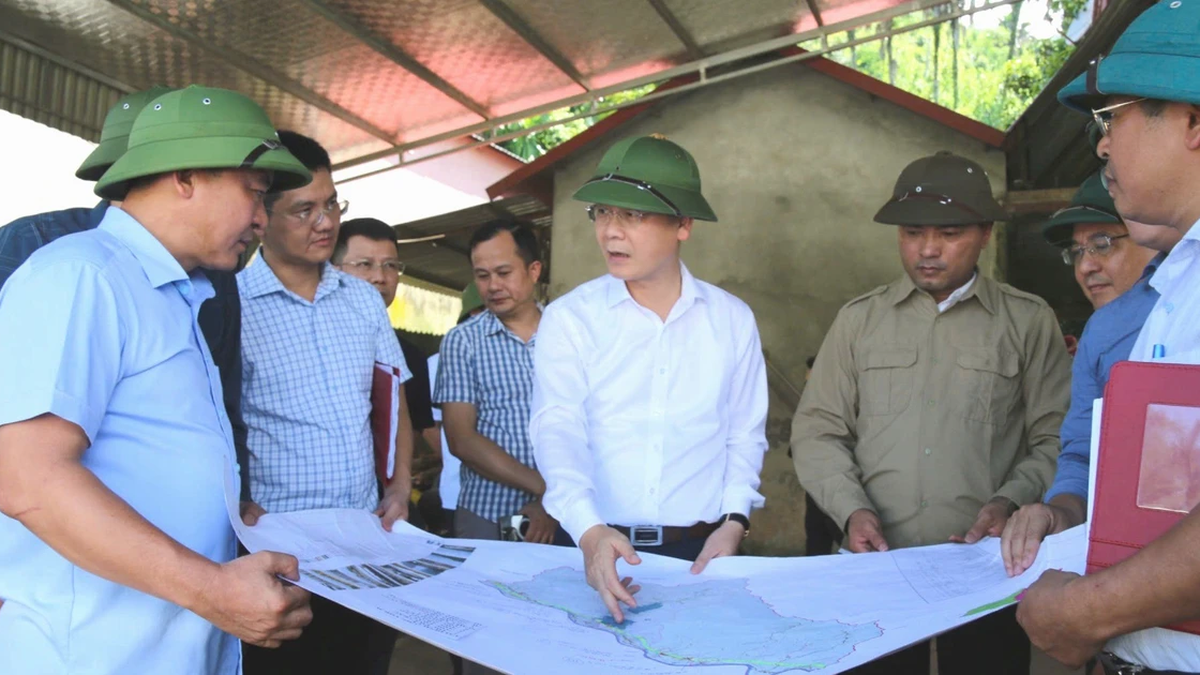
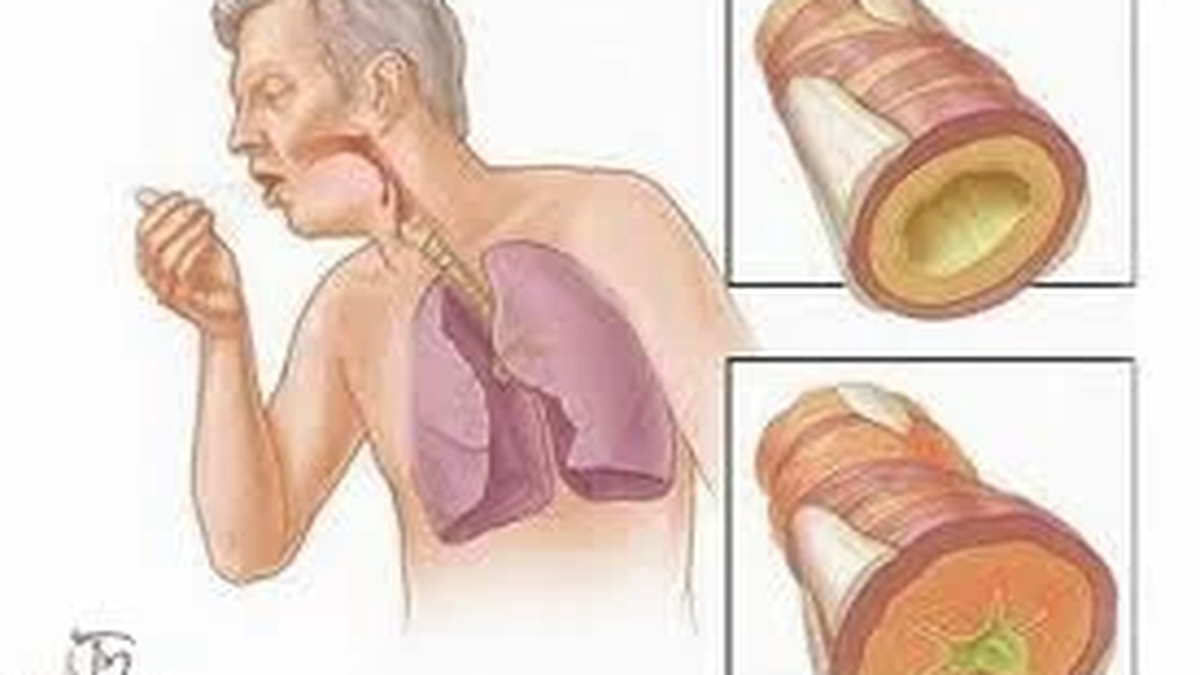






























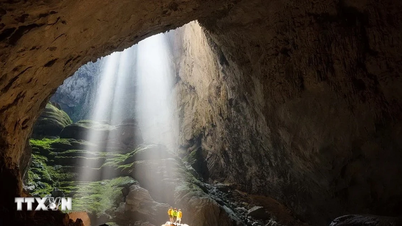

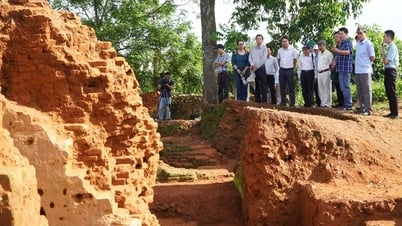






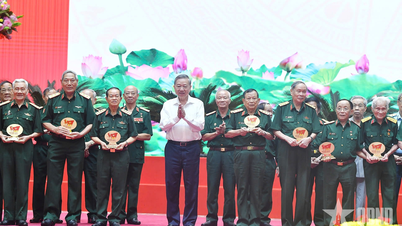




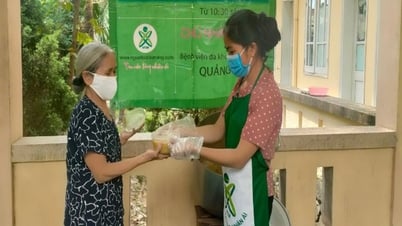







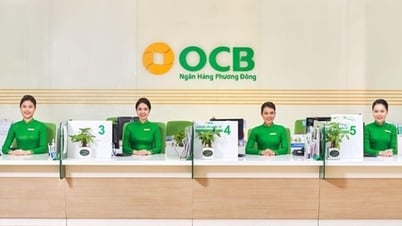








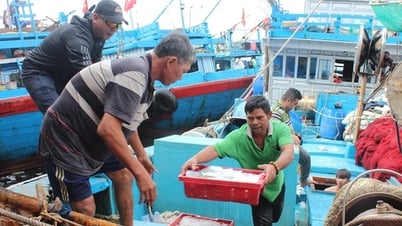




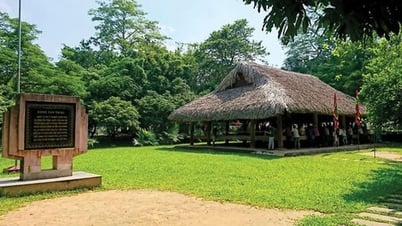


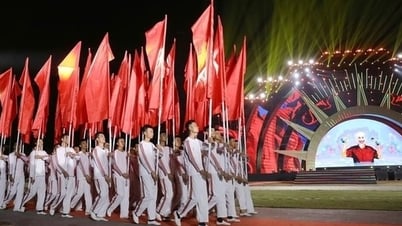







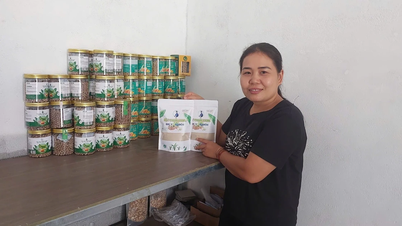

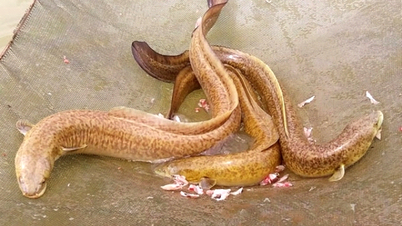








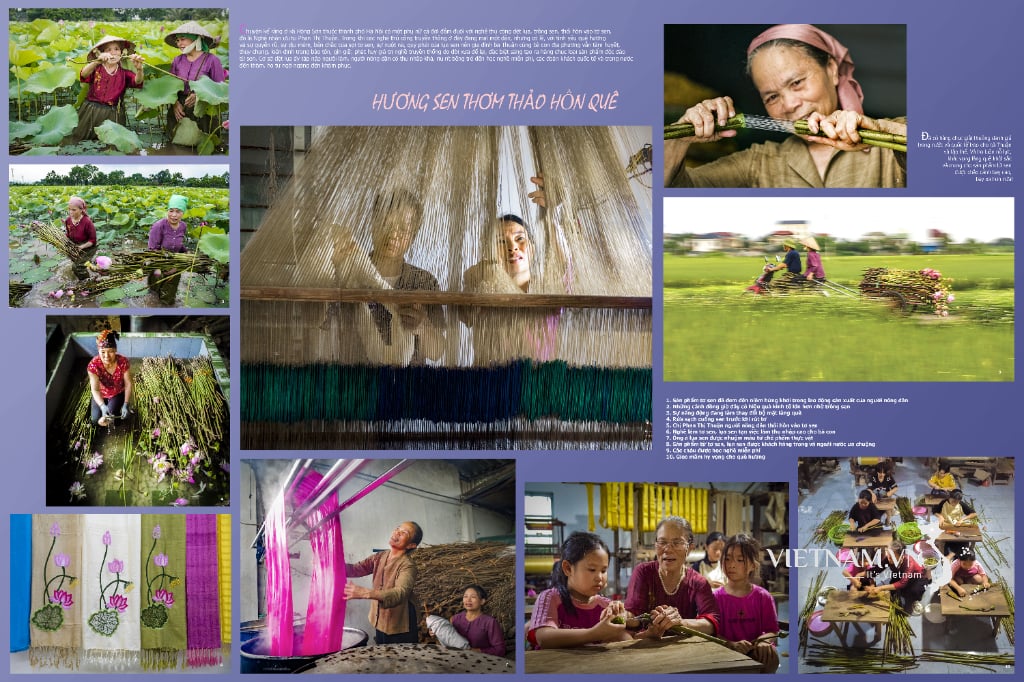


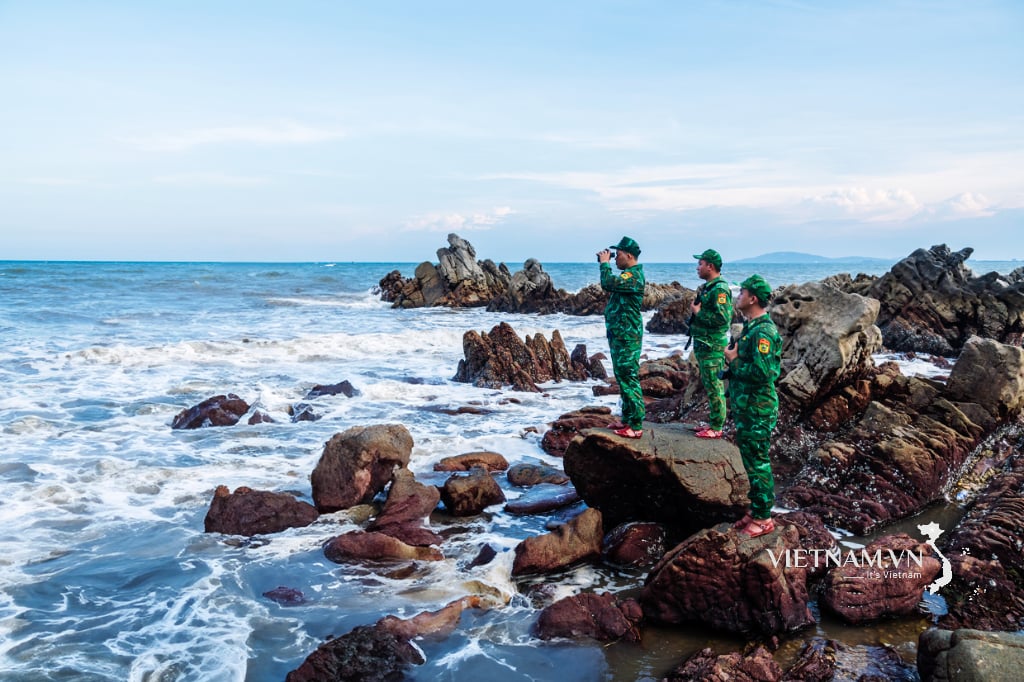
Comment (0)